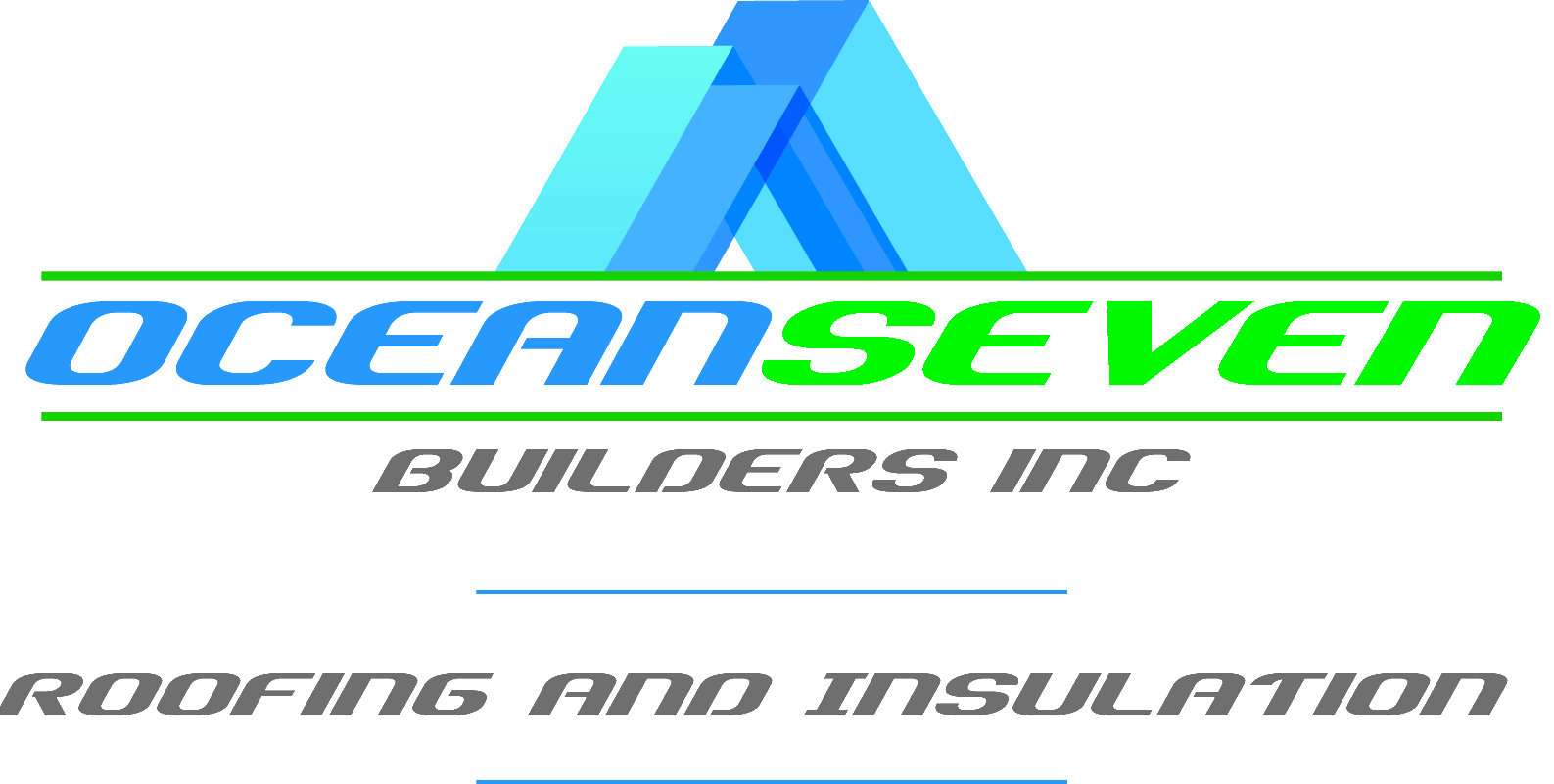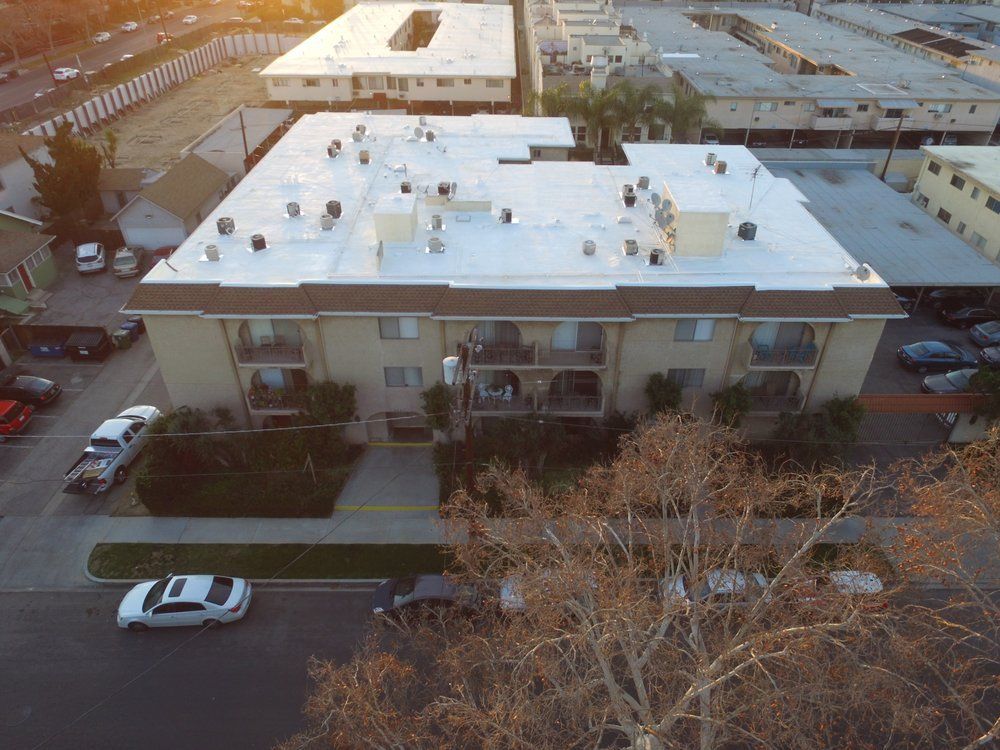15155 Stagg St. Van Nuys, CA 91405 | Monday-Saturday 7am-6pm Call Us Today: (213) 886-8149
Warning Signs that You Need to Replace Your Shingle Roof

Because asphalt shingle roofing offers strong home protection and excellent value for the price, it is installed on approximately 80% of new homes. Although asphalt shingle roofing is a great option, it is of course subject to wear and tear, as well as damage caused by Mother Nature.
The lifespan of asphalt shingle roofing largely depends on the particular type of shingles that are used. Shingles called 3-tab are budget-friendly options and typically hold up strongly for 15 to 20 years. Architectural shingles are costlier and usually last for 25 years or more. Premium shingles are the most expensive but commonly hold up for 40 years.
Along with life expectancy, there are other indications that a roof is due for replacement. If your roof has become degraded, it’ll be worth having an inspection done to see if your roof can be trusted to protect your home. Our local company Ocean Seven Roofing Inc. can conduct a thorough inspection and then provide guidance on whether your roof will soon need to be replaced. Your shingle roof may be due for replacement if you notice any of the following issues.
Repair or Replace?
Evaluating Shingle Damage
If you’re facing a few cracked shingles on a relatively new roof, a simple repair might suffice. In such cases, localized issues can often be resolved without the need for a full overhaul, preserving your roof’s integrity with minimal expense.
However, an older roof exhibiting widespread damage, such as extensive cracking or curling of shingles, signals a deeper systemic problem. This type of damage not only compromises the roof’s aesthetic appeal but, more critically, its ability to protect your home from the elements. Persistent exposure to harsh weather conditions can exacerbate these issues, leading to leaks that threaten your home’s interior with water damage. In such scenarios, opting for a complete roof replacement can be a more cost-effective and safer choice in the long run. It ensures your home remains secure and dry, safeguarding against the potential costs and inconveniences of recurring repairs.
Addressing Lifting Shingles: Signs of Serious Water Damage
When shingles start lifting from your rooftop, it’s a clear warning sign, often pointing toward significant water infiltration beneath the surface. This kind of damage is not just superficial; it suggests that water has penetrated the roofing layers, potentially compromising the structural integrity of your roof and, by extension, your home.
Lifting shingles can lead to a host of problems, including mold growth, rotting wood, and even interior water damage if left unchecked. It’s crucial to act swiftly by enlisting the expertise of a seasoned roofing professional for a thorough assessment. An expert can determine the extent of the damage and advise whether a repair might suffice or if a complete roof replacement is necessary.
Delaying action could exacerbate the issue, leading to more extensive, and consequently more expensive, repairs. Timely intervention can prevent minor issues from escalating into major ones, ensuring the longevity and durability of your roofing system.
Combating Moss: When to Clean vs. When to Replace Your Roof
The presence of moss on your roof, especially if it’s not an older structure, might not immediately signal alarm; sporadic growths can often be gently cleaned away without causing harm. However, the scenario changes significantly when the roof is nearing the end of its expected lifespan and is heavily blanketed in moss and algae.
This isn’t merely a cosmetic issue. Moss retains moisture against the roofing material, which over time can lead to degradation of the shingles, underlayment, and even the roof deck itself. Such conditions can severely compromise the roof’s structural integrity, leading to potential leaks and water damage inside your home.
If the moss coverage is extensive and your roof is aged, it’s prudent to consider a professional evaluation. A roofing expert can assess the extent of the damage and determine whether intensive cleaning might suffice or if replacing the roof is the more viable option to protect your home from further damage.
Choosing Between Spray Foam and TPO Roofing: Factors to Consider
Deciding between spray foam roofing and Thermoplastic Polyolefin (TPO) or other roofing materials involves considering several factors such as the roof’s existing condition, climate, energy efficiency needs, and budget. Spray foam roofing, with its excellent insulation properties, is ideal for buildings requiring superior thermal resistance and air sealing. It's particularly suitable for roofs with unusual shapes or numerous protrusions, as the foam can be applied seamlessly.
On the other hand, TPO roofing, known for its durability and heat-reflective properties, is a great choice for flat or low-slope roofs in areas with high temperatures, as it helps in reducing cooling costs. While TPO and other single-ply membranes like PVC and EPDM are valued for their simplicity and proven performance in commercial applications, spray foam offers a unique blend of insulation and waterproofing in one application, making it a compelling option for specific scenarios where energy conservation and versatility are paramount.
Ultimately, the choice depends on the specific needs of the building, environmental considerations, and long-term maintenance expectations.
If you need roofing services in Van Nuys, Los Angeles, Anaheim, Northridge, Inglewood, Thousand Oaks, or Santa Clarita, CA, reach out to Ocean Seven Roofing Inc. Contact Ocean Seven Roofing Inc. at (877)-730-3634 for a complimentary estimate today.
Request a Free Estimate
Please fill in the form below and we'll have a representative contact you.
We will get back to you as soon as possible.
Please try again later.
Licensed and Bonded CA ST.
Lic # 893048
All Rights Reserved | Ocean Seven Builders Inc


